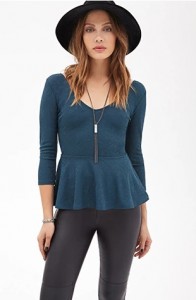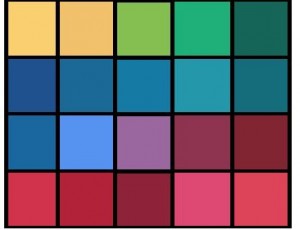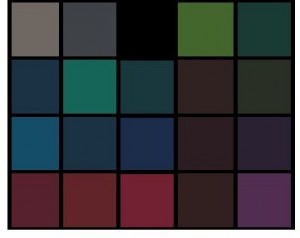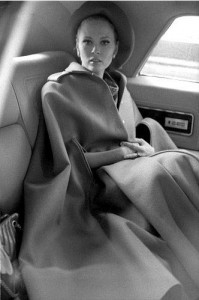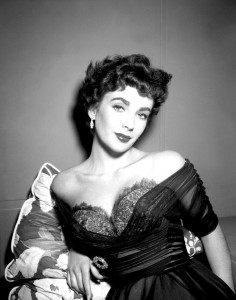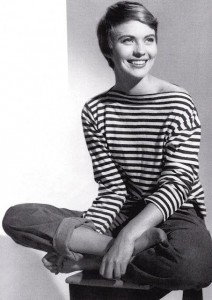This post uses affiliate links.
I was looking at tops for the Theatrical Romantic Casual blog post (which is taking me longer than I expected–TR is definitely out of my comfort zone!) when I came across this top from Forever 21.
The site has this to say about it: “With a universally flattering peplum silhouette, an ornate floral and paisley matelassé pattern, and a double V-neckline, it’s a subtly sultry statement-maker.”
If you’re reading this blog, you probably already know that this is far from the truth. Peplums are something that you’re rarely going to see cross type boundaries. If you’re a yin type that can wear a peplum, it has to be the very specific kind that suits your type, and it has to be just the right length, or it just looks wrong. And an FG like myself shouldn’t even think of touching a peplum.
The Diane von Furstenberg wrap dress is an iconic piece of clothing that is probably one of the first things that comes to people’s minds when they hear “universally flattering.” Oprah herself even said it.
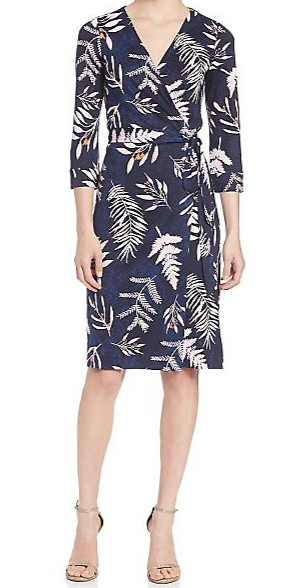
Personally, I think this may be even worse for me than the peplum. I can’t imagine a garment less suited for my body. The cut and the material require smooth, long curves to lay correctly. Thin fabric looks cheap on me, and anything that lacks shape, yet skims the body, creates what I call the “lumpy bowl of gravy” effect on me.
The problem with this is that if you grow up hearing that something like a wrap dress is supposed to flatter every single woman, and then you try one on and it looks awful, you feel like something is wrong with you. So you begin to think that your body is wrong, and you just need to lose weight or tone up. But the truth is, even if I were as slim as I could be while still remaining healthy, something meant for a body with an S-curve is just never going to look right on my body.
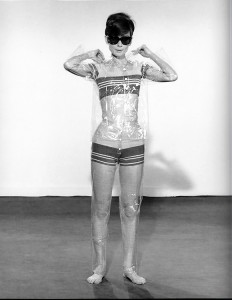
(Source)
Frankly, I don’t believe that a “universally flattering” clothing item exists. I have entirely different clothing needs from women with other line types. I need structure and asymmetry. Another woman may need clothes that are fluid and ornate. The idea that the same item of clothing could flatter both of us is laughable.
So why does this myth exist, and why do fashion publications continue to write about these mythical garments year after year? Obviously, it moves clothes. Ideas like an A-line dress being “safe” are going to get us to buy things. Figuring out what works for you as an individual can be overwhelming. But I guarantee that figuring out what works for you will go a long way in helping you no longer feel like there’s something wrong with you because you don’t look good in the same things your sister or your mom or your best friend does. Once you know the clothes that are made for your particular line type, you understand how these kinds of declarations are completely meaningless.
————————————————————————————————–
Know your type in several systems but having trouble putting it all together? My workbook can help.
